Choose your country or region to shop online. We will redirect you to the selected store site.
 Select your country
Select your country
Choose your country or region to shop online. We will redirect you to the selected store site.
 Select your country
Select your country


